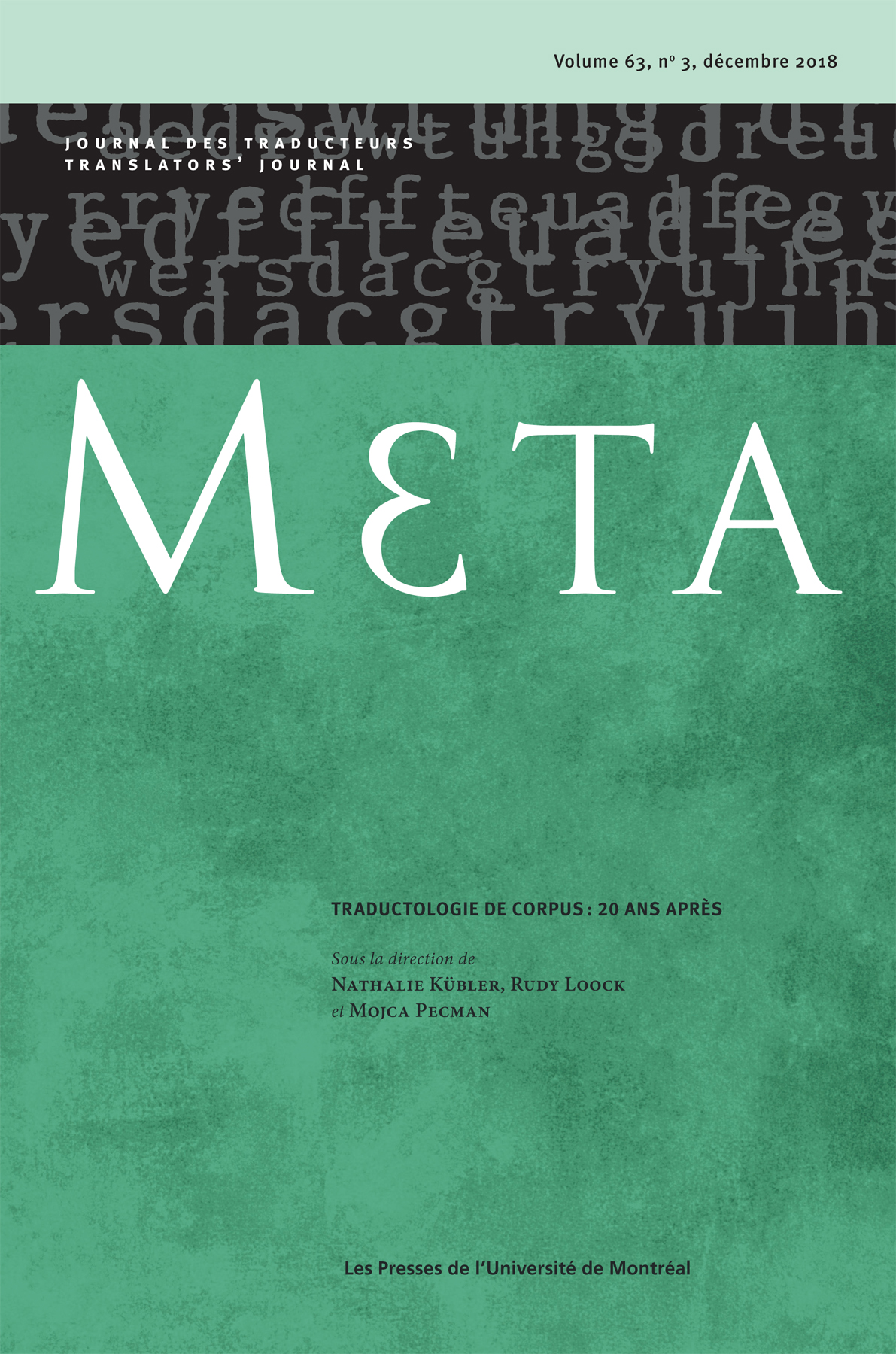Lia was always feisty, forthright, frank, called a spade a spade, and didn’t mind making a few enemies. It was at the very same conference in 2000 that I aroused Lia’s wrath. In deference to the visiting speakers who did not know Portuguese, I asked the keynote speaker, Paulo Henrique Brito, who had been brought up in California, to speak in English, and he did! Lia was livid! She was very much a Brazilian nationalist, and the main Brazilian translation conference should open with a talk in the national language. This nationalism can be seen in her translations of Harry Potter, in which she forsakes any kind of adaptation of the original English terms, and looks to Portuguese roots to make her translations of Crookshanks (became Bichento, a disease caused by insects in the feet that may result in deformity, and which also means twisted legs in the Brazilian Northeast). She also created original versions of terms created by J. K. Rowling, such as Quadribol (Quidditch) and Trouxas (Muggles), as well as the names of the four houses of Hogwarts: Sonserina, Grifinória, Lufa-lufa e Corvinal (Slytherin, Gryffindor, Hufflepuff, and Ravenclaw), for which she was praised by Rowling, also a Portuguese speaker. Like many of her generation she came to translation quite late. Originally working as a bilingual secretary, she began translating in 1969, and worked with a number of English language writers such as Henry Miller, Joyce Carol Oates, Margaret Atwood, Gore Vidal, Tom Wolfe, Sylvia Plath, and Stephen King before J. K. Rowling. She also published the first complete work on the history of translation in Brazil, Línguas, poetas e bacharéis [Languages, Poets, and Scholars], a development of her M.A. thesis at the Federal University of Rio de Janeiro. She taught courses on literary translation at the Catholic University, Rio de Janeiro, and she was the President of the Brazilian Translators’ Union from 1991 to 1993. She began a Ph.D. with me at the University of São Paulo (USP), but gave up as it coincided with her signing the Harry Potter contract. Our Kombi was the only vehicle on the narrow asphalt on the way to the lost beach found by Stella. The driver almost run over a jegue, a Brazilian mule, which in turn was standing – as jegues do – undisturbed in the middle of the road. Someone said, “What on earth is a jegue doing in the middle of nowhere?” Lia replied, “The jegue is where it’s supposed to be.” In the evenings, the group, made up of translation scholars and graduate students, would sit, relax, catch a breeze, and converse. With Lia, conversations about translation and other languages became deep discussions. You could often be caught off guard and “corrected” a couple of times, but nevertheless I was particularly happy to meet such a strong woman translator. Years later, when I started teaching translation historiography at the Catholic University of São Paulo, some of Lia’s work was on the course syllabus. One of her articles, “Theatre, Translation and Colonization” – published in the Crop special issue on Emerging Views on Translation History in Brazil (ed. John Milton, 2001), has been yet another source of inspiration, together with Língua, Poetas e Bacharéis, in which she mentions that there were no women translators in Brazil. The latter encouraged me to research this topic, to indeed prove that these “invisible” women translators really do exist and in large numbers. Lia studied and wrote about the invisibility of the translator, but, as John put it above, …
Parties annexes
Bibliography
- Wyler, Lia (2001): Theatre, translation and colonization. In: John Milton, ed. Emerging Views on Translation History in Brazil. (1st Brazilian International Translators’ Forum, São Paulo, 8-11 September 1998). CROP. 6:75-90.
- Wyler, Lia (2003): Línguas, poetas e bacharéis – Uma crônica da tradução no Brasil [Languages, poets, and scholars – A chronicle of translation in Brazil]. Rio de Janeiro: Rocco.

